Yamashita Park, located along Yokohama’s stunning waterfront, is a favorite spot for both locals and visitors. With its beautiful gardens, historic ship, and serene views of the bay, it’s a perfect place to relax and take in the city’s maritime charm. I love spending my afternoons here, especially during the cherry blossom season when the park is at its most beautiful.
Location and Access
- Address: 279 Yamashitacho, Naka Ward, Yokohama, Kanagawa 231-0023, Japan
- Nearest Station: Motomachi-Chukagai Station (Minatomirai Line) or Kannai Station (JR Negishi Line)
- Directions: From Motomachi-Chukagai Station, it’s a 3-minute walk. Just head south towards the waterfront.
Description
Yamashita Park, established in 1930, stands as a testament to Yokohama’s resilience and dedication to public beauty. Built using debris from the devastating Great Kanto Earthquake of 1923, it transformed a space of tragedy into an area of leisure and scenic beauty along Yokohama’s waterfront. Spanning approximately 74,000 square meters, the park extends nearly 700 meters along the port from the Osanbashi Pier to the Yamashita Pier, offering expansive views of Yokohama Bay.
One of the park’s main attractions is the Hikawa Maru, an ocean liner that served as a luxury passenger ship and a wartime hospital ship before being decommissioned and converted into a museum in 1961. Visitors can explore the ship’s Art Deco interiors, engine room, and various decks, gaining insights into its storied past. The park is also home to the Yokohama Marine Tower, which at 103 meters is the tallest lighthouse in the world and offers panoramic views of the city and harbor from its observation decks.
The park’s landscape is dotted with various statues and memorials. The Guardian of Water, a sculpture gifted by Yokohama’s sister city San Diego, is located near the waterfront. The statue of the Little Girl with Red Shoes, inspired by a popular Japanese nursery rhyme, is situated in a prominent location within the park, easily accessible for visitors.
Yamashita Park also features a rose garden, which is located near the central area of the park, adding to its aesthetic appeal with a variety of colorful blooms. Several fountains, including the Indian Water Fountain, donated by the local Indian community in gratitude for Japan’s assistance after the earthquake, are scattered throughout the park, providing tranquil spots for relaxation.
The park is a hub for cultural activities and events, such as the Yokohama Port Festival and the annual Yokohama Fireworks, which draw large crowds from across Japan and beyond. Its wide paths and manicured gardens make it an ideal spot for leisurely strolls, while its proximity to other attractions, like Yokohama Chinatown and the Yokohama Doll Museum, enhances its appeal to tourists. The park’s historical and cultural significance, coupled with its natural beauty, continues to make it a cornerstone of Yokohama’s urban landscape.
Activities and Highlights
Visitors to Yamashita Park can enjoy a variety of activities. Take a walk along the waterfront promenade, relax on one of the many benches, or explore the rose garden, which is especially beautiful in spring. Don’t miss the iconic statue of the Little Girl With Red Shoes and the Water Guardian Statue, both of which add to the park’s charm. The Hikawa Maru offers a fascinating glimpse into maritime history and is a must-see for history buffs.
Practical Information
- Opening Hours: The park is open 24 hours a day, year-round.
- Entry Fees: The park itself is free to enter. Admission to the Hikawa Maru museum is 300 yen for adults.
- Facilities: Restrooms, vending machines, and several food stalls are available within the park. There are also plenty of benches and shaded areas.
- Accessibility: The park is wheelchair accessible, with paved paths and ramps available.
Tips for Visitors
- Bring a camera to capture the stunning views and beautiful gardens.
- Visit in the late afternoon for the best sunset views over the bay.
- In spring, the cherry blossoms are a major highlight, while autumn brings beautiful foliage.
- Nearby attractions include Yokohama Chinatown and the Yokohama Marine Tower, both of which are worth a visit.
Personal Recommendations
One of my favorite things to do at Yamashita Park is to grab a coffee from one of the nearby cafes and enjoy it while sitting on a bench overlooking the bay. If you’re visiting in the summer, bring a picnic and enjoy it on the grassy areas near the waterfront. For a unique experience, consider taking a short cruise from the nearby terminal to see Yokohama from the water.
Enjoying the Waterfront Oasis That is Yamashita Park
Yamashita Park is a must-visit destination in Yokohama, offering a perfect blend of natural beauty and historical significance. Whether you’re looking to relax, explore, or simply enjoy the views, this waterfront oasis has something for everyone. If you visit, be sure to share your photos and experiences in the comments or on social media with the hashtag #YamashitaParkYokohama. Happy exploring!
Be sure to check out my other guides on the stunning parks, themed facilities, spas, and instagrammable spots in Yokohama!
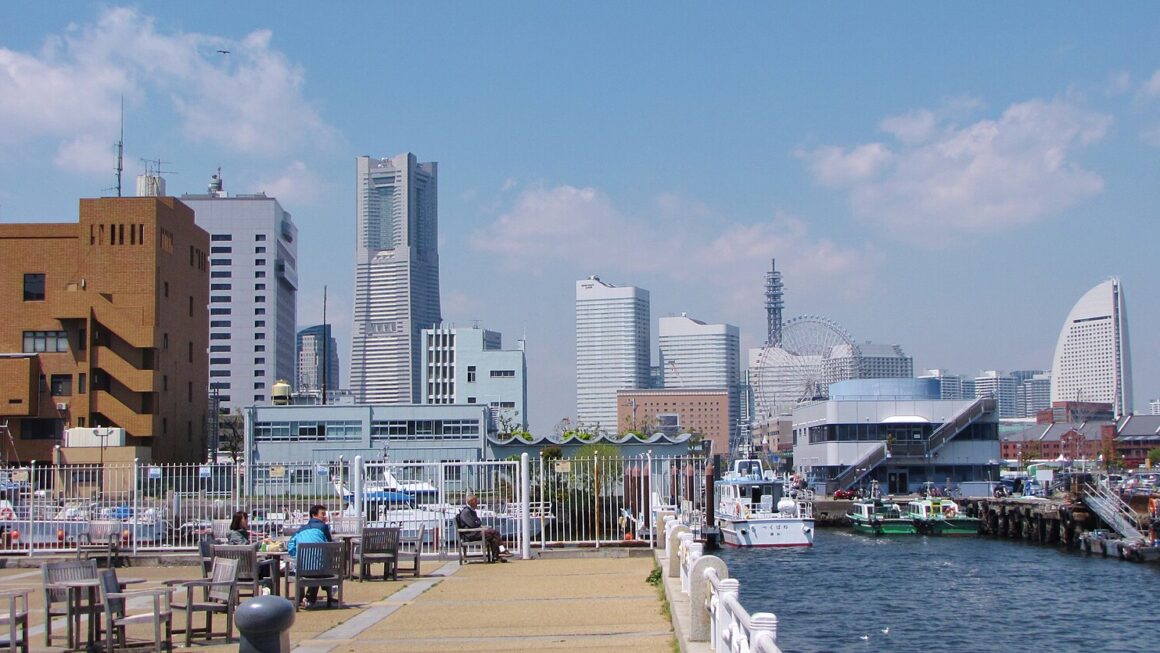
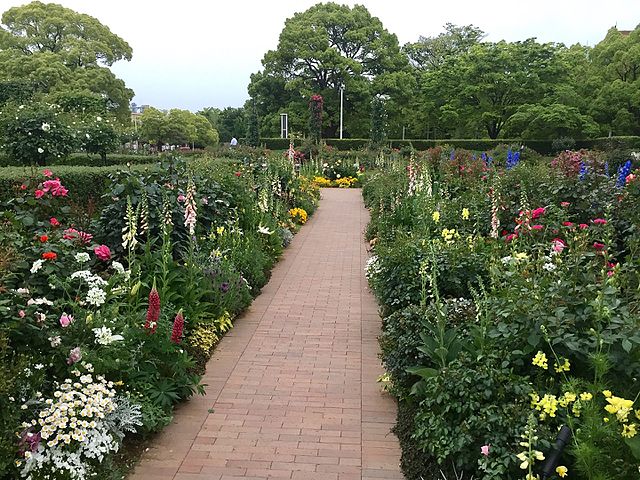
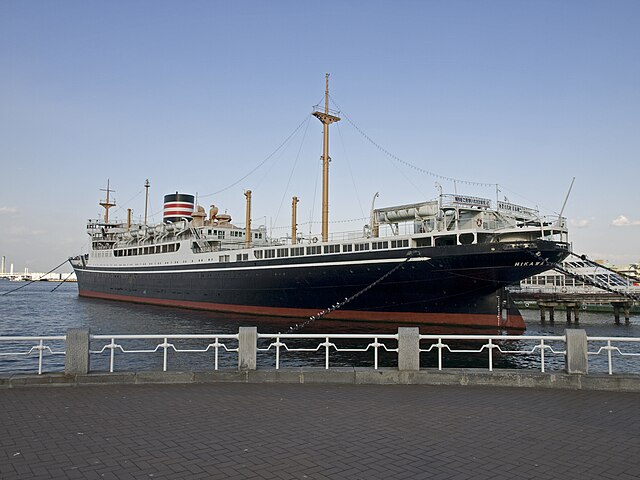
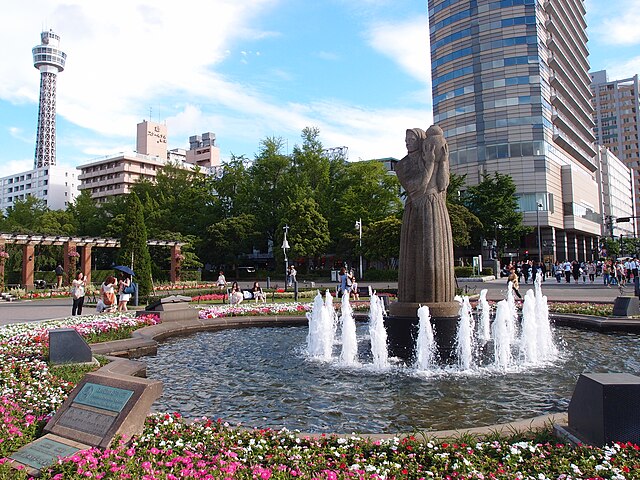
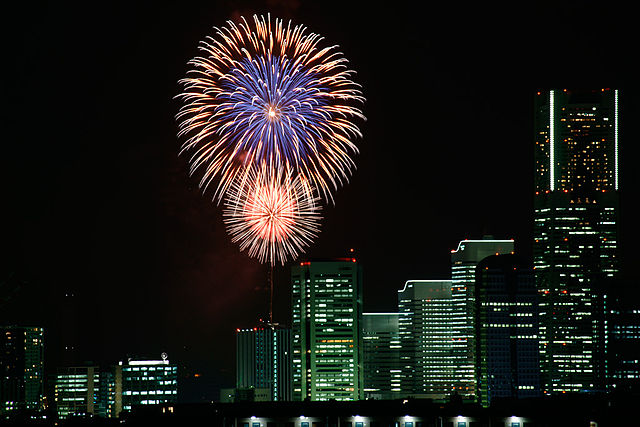
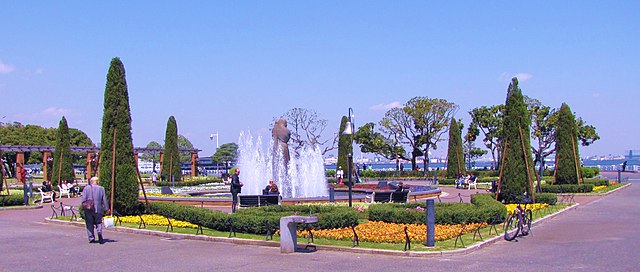
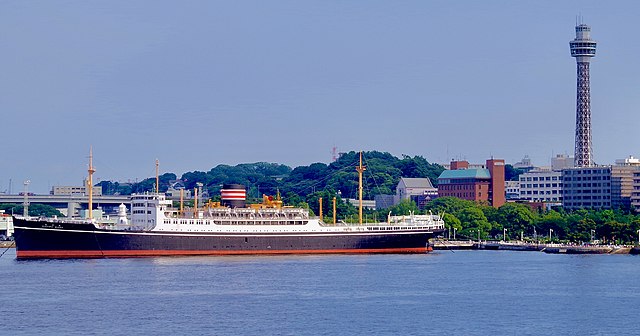
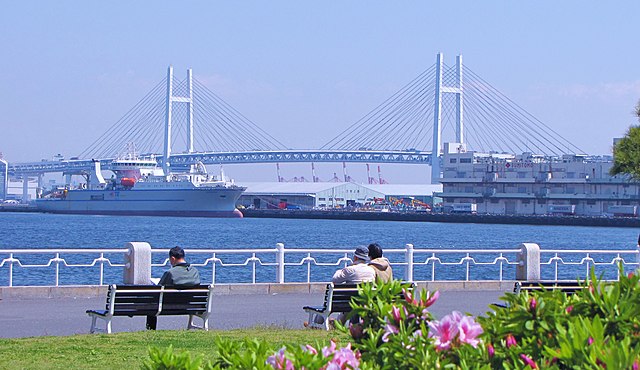



One thought on “Yamashita Park: A Stunning Waterfront Oasis in Yokohama”